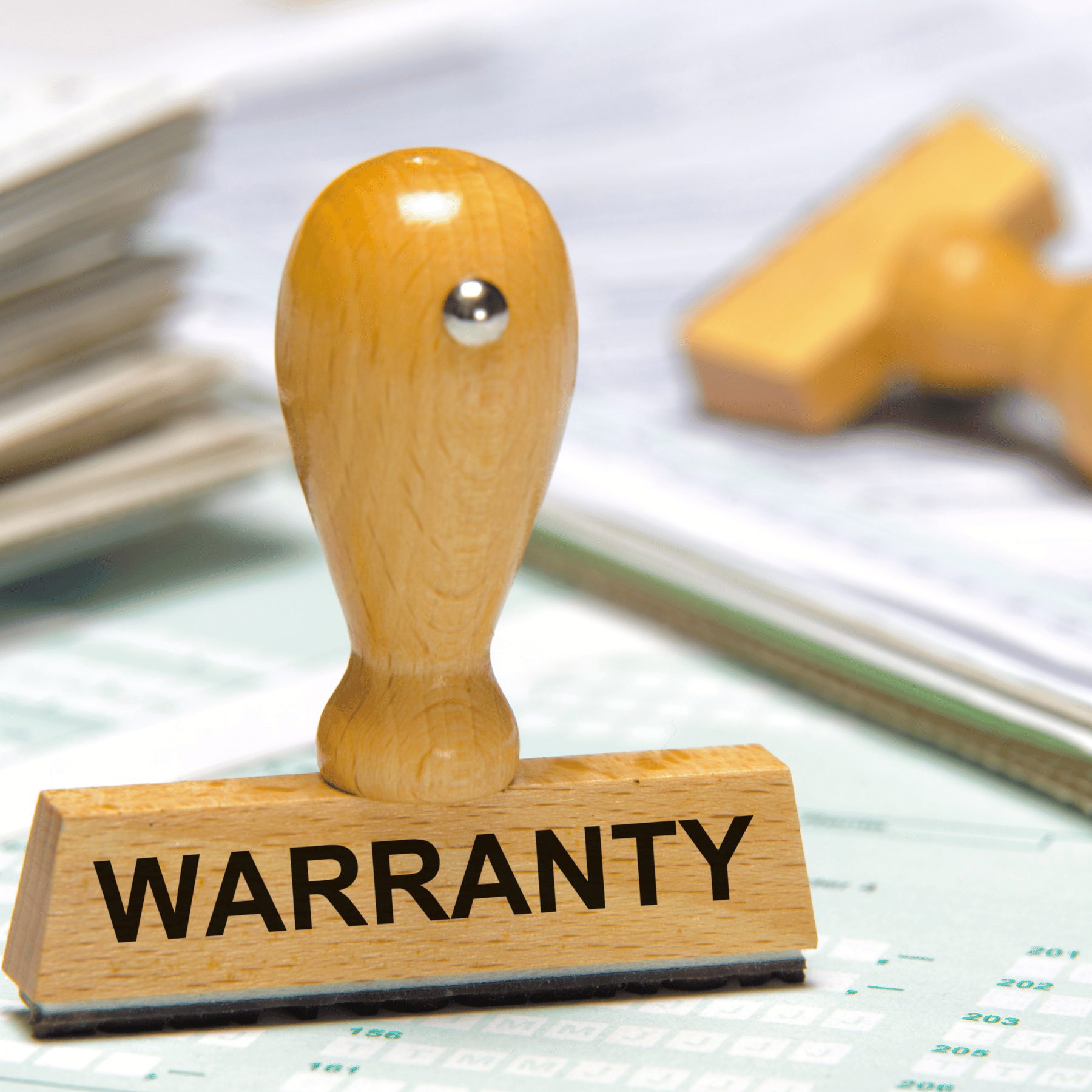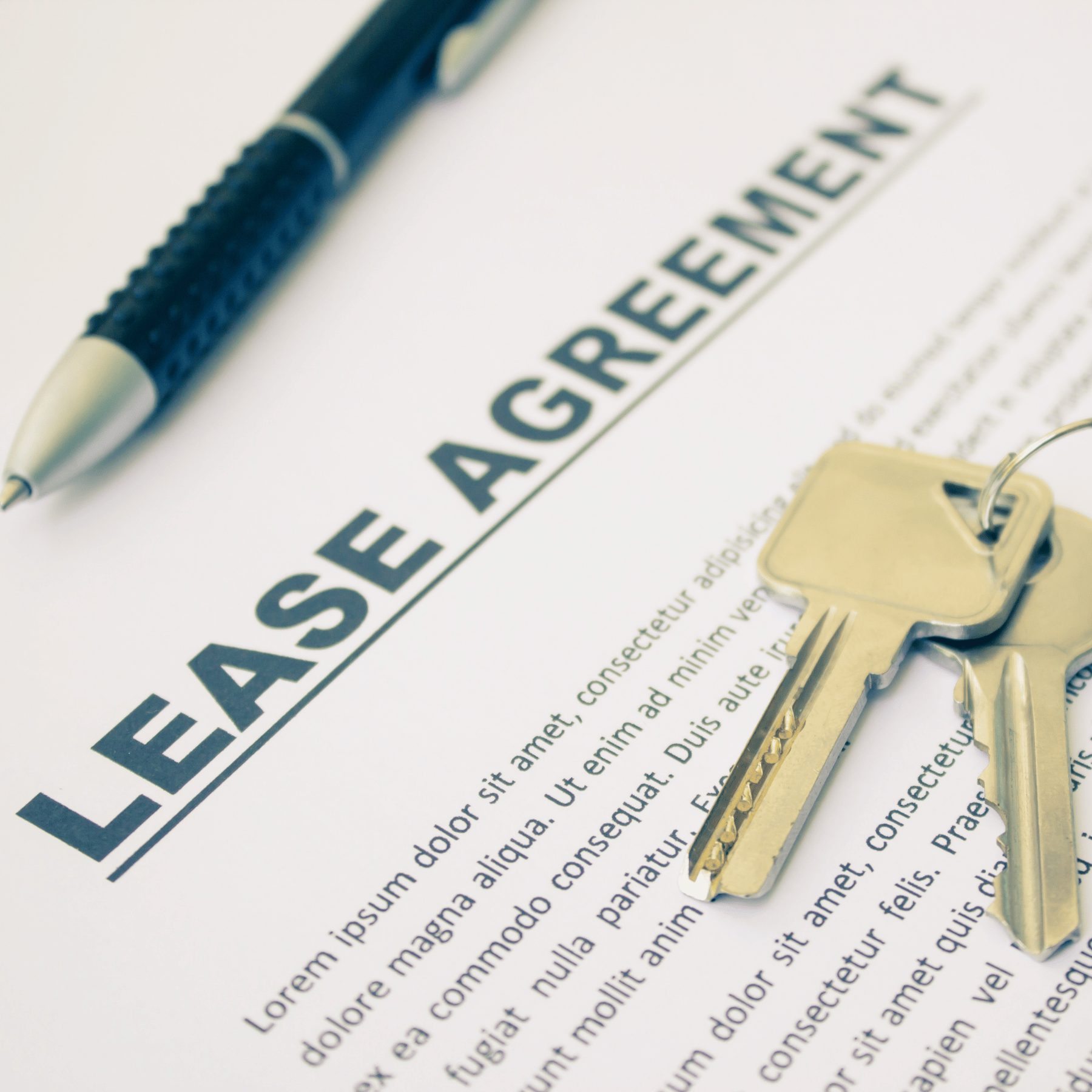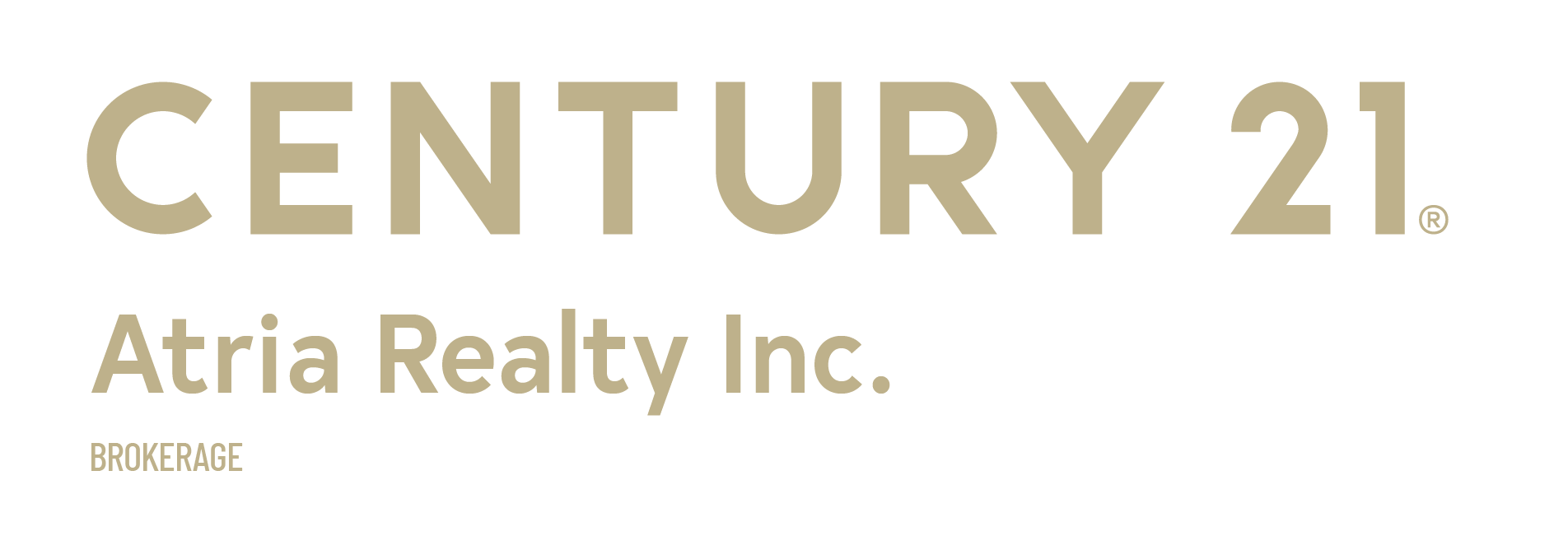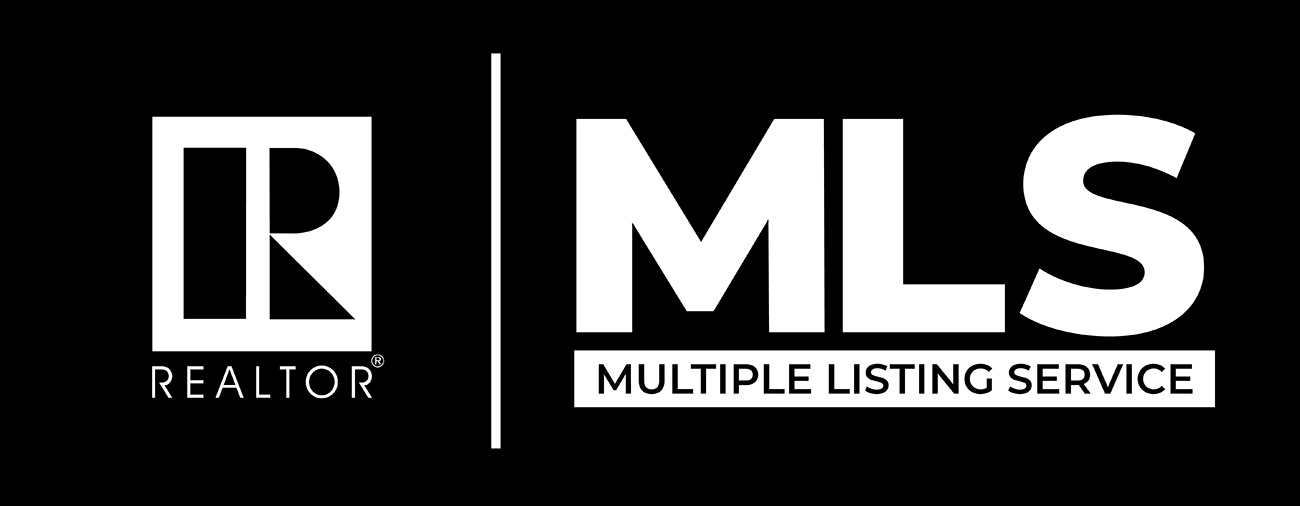Subscribe for Blog Post
Common Mistakes to Avoid When Selling Your Home
Selling a home is a big financial decision, and making mistakes can cost you time and money. Many sellers unknowingly make errors that delay their sale or reduce their profits. Avoid these common pitfalls to ensure a smoother and more profitable home-selling experience.
1. Overpricing Your Home
Setting an unrealistically high price can scare away potential buyers. Work with a real estate agent to set a competitive price based on market trends and comparable sales. A well-priced home attracts more interest and can lead to multiple offers.
2. Neglecting Curb Appeal
Buyers often judge a home by its exterior before stepping inside. A poorly maintained front yard, peeling paint, or a cluttered entryway can turn buyers off. Keep the lawn tidy, power wash the driveway, and add a fresh coat of paint to your front door.
3. Skipping Necessary Repairs
Small issues like leaky faucets, peeling paint, or loose doorknobs can make buyers think the home isn’t well-maintained. Address minor repairs before listing your home. A home in good condition is more appealing and can sell faster.
4. Failing to Stage Your Home
An empty or cluttered home can make it difficult for buyers to visualize living there. Arrange furniture strategically, remove personal items, and add fresh decor to create a welcoming space. Staging helps buyers see the full potential of your home.
5. Ignoring Marketing
A great listing with professional photos and a strong online presence attracts more buyers. Share your listing on social media, work with an agent, and ensure your home is showcased on top real estate websites. High-quality photos and virtual tours can make your listing stand out.
Conclusion
Selling a home requires careful planning. Avoid these common mistakes, and you’ll increase your chances of a quick and profitable sale. Work with an experienced agent, make necessary improvements, and price your home competitively for the best results.
Are you considering selling? Let’s chat!
Cathy Tse
Direct: 647-463-8810 – Email: cathy.tse@century21.ca
Instagram – Facebook – Linktree – Subscribe for News – Blog – WhatsApp
Podcast: Play in new window | Download

 Facebook
Facebook
 X
X
 Pinterest
Pinterest
 Copy Link
Copy Link















